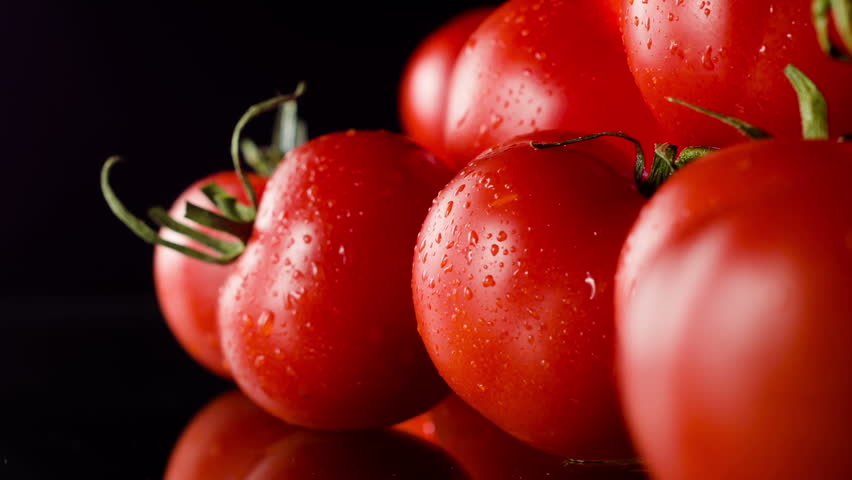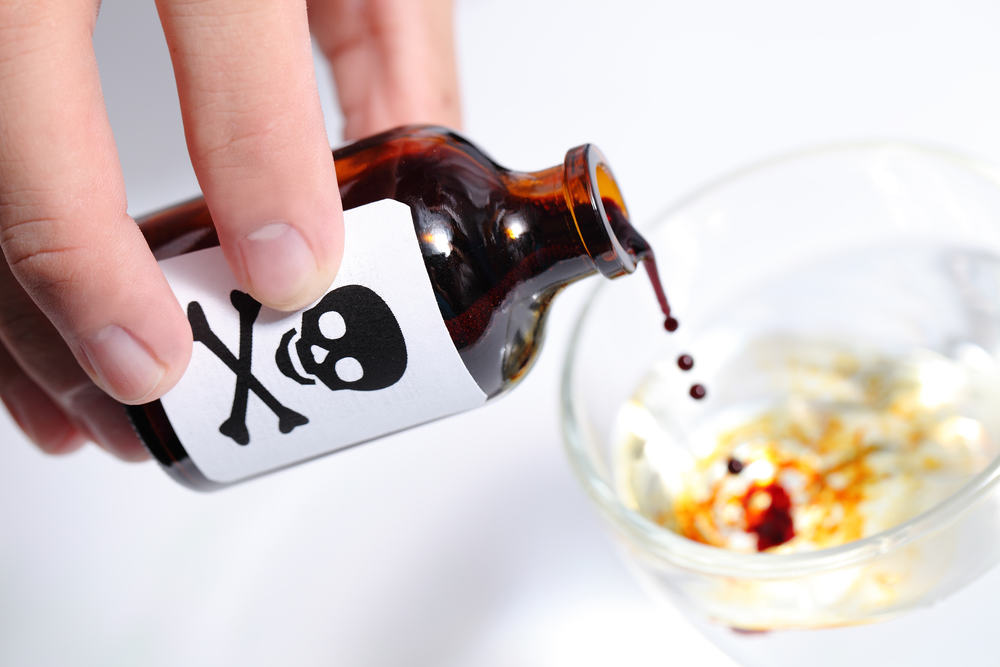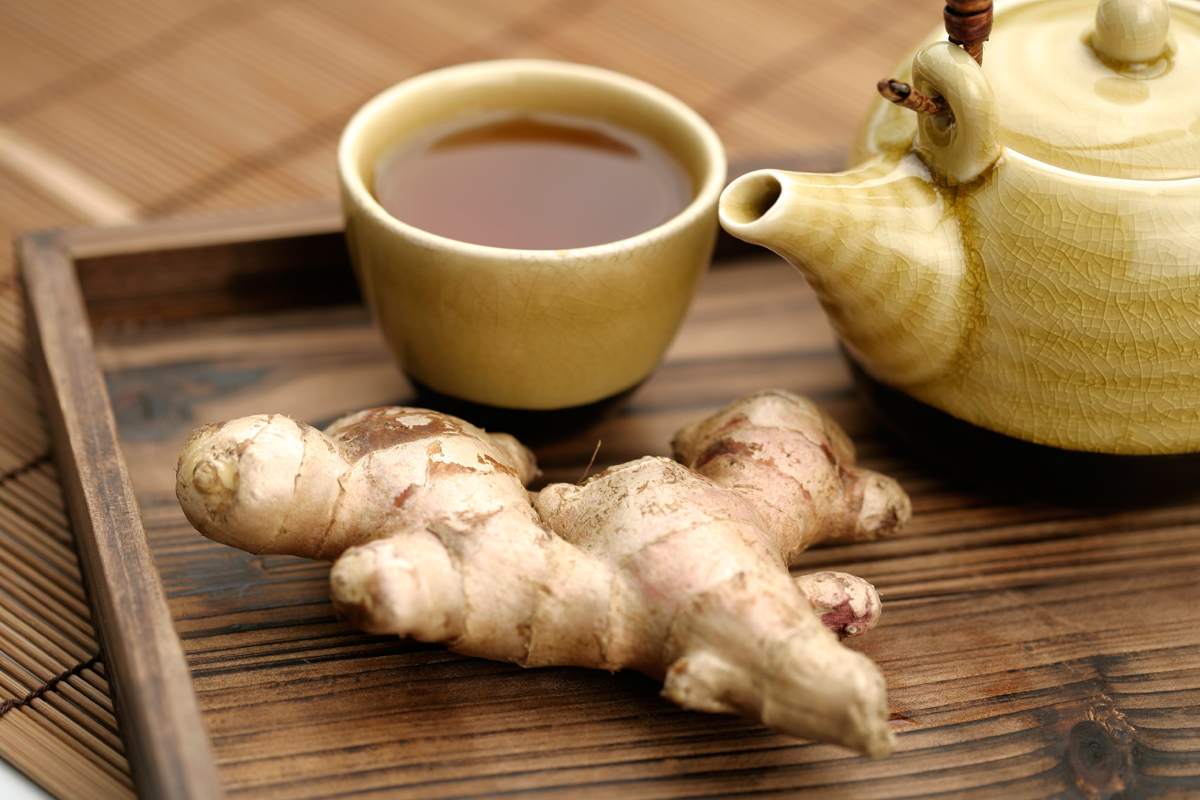Contents:
- Medical Video: Best Food For Eyes - Reducing Chronic Inflammation With Food
- Lutein and zeaxanthin in green vegetables
- Beta carotene in yellow and orange foods
- Omega 3 fatty acids in fish and nuts
- How about taking omega 3 supplements?
Medical Video: Best Food For Eyes - Reducing Chronic Inflammation With Food
Eyes are one of the vital organs that you sometimes forget about their health. How to maintain eye health is not only limited to maintaining safe visibility when you watch TV or read books. What you eat also affects the health of your eyes. What foods can help maintain your sense of sight?
Lutein and zeaxanthin in green vegetables
Antioxidants and phytonutrients found in green vegetables can provide benefits for eye health. Green spinach, kale, collard, dark green leaf lettuce like lettuce romaine, and broccoli is a good source of lutein and zeaxanthin. Lutein and zeaxanthin function to protect the eyes from high-energy rays that can harm the eyes, for example ultraviolet light from sunlight. According to some studies, lutein and zeaxanthin help improve the quality of vision, especially in low light conditions.
Not only that, if you eat foods that are rich in lutein and zeaxanthin, you can avoid eye diseases due to old age. Those who diligently eat green vegetables have a 50% lower chance of developing cataracts later on.
When eating green vegetables, you will not only get lutein and zeaxanthin, but also various types of vitamins, especially vitamin C and vitamin E. Many studies use a mixture of lutein, zeaxanthin, vitamin C, and vitamin E to prevent various eye diseases.
How much lutein and zeaxanthin do you need? Because it is not a nutrient but phytonutrient, lutein and zeaxanthin do not have daily consumption recommendations. But to maintain eye health, according to The American Optometric Association, lutein is needed at around 10 mg per day, and 2 mg per day for zeaxanthin. In 1 cup spinach there are 20.4 mg of lutein and zeaxanthin. While in 1 cup broccoli there are 1.6 mg of lutein and zeaxanthin. The highest levels of lutein and zeaxanthin were found in kale, which was 23.8 mg per cup.
Beta carotene in yellow and orange foods
Suggestions for eating carrots to maintain eye health you must have heard often. This is because of the content of beta carotene contained in it. But not only carrots, yellow squash and yams that tend to be orange also contain lots of beta carotene because besides being beneficial to health, carotene also functions to give yellow and orange color to food.
Both carrots, pumpkin, and sweet potatoes do not necessarily contain vitamin A. The ingredients in the food are vitamin A-forming ingredients. There are two basic types of vitamin A found in food. That is preformed vitamin A contained in animal foods (such as fish, meat, milk and processed foods) and precursors of vitamin A found in vegetables and fruits in the form of beta carotene. In the body, preformed and the precursor of vitamin A will be converted to vitamin A.
The amount of vitamin A recommended for consumption is 500-600 mcg per day for adults. But be careful if what you consume is vitamin A in the form preformed. If consumed in excess, preformed Vitamin A can cause health problems and is especially dangerous for pregnant women. Vitamin A supplements made from preformed vitamin A usually has a high dose and if you do not consult a doctor first it is not impossible you can experience an overdose of vitamin A. But on the contrary, the consumption of vitamin A precursors in the form of beta carotene does not have a toxic effect on the body. But if too much, your skin can turn slightly yellowish, but after intake of beta carotene is reduced your skin color will return to normal.
Omega 3 fatty acids in fish and nuts
Recent research reveals that omega 3 fatty acids can actually improve eye health. Examples of omega 3 fatty acids are DHA, EPA, and ALA. Omega 3 fatty acids consumed by the mother during pregnancy play a role in fostering the development of visual function in the fetus. A Canadian study published by the American Journal of Clinical Nutrition found that babies whose mothers took omega 3 supplements during pregnancy turned out to have better vision function when compared to babies whose mothers did not take supplements.
For adults, omega 3 fatty acids can help protect the eyes from various diseases such as decreased eye muscle function and dry eye syndrome. Other essential fatty acids also function to reduce the risk of glaucoma and high pressure on the eyeball. In a 2008 European study, participants who consumed high omega 3 fish (such as salmon, tuna, mackerel) at least once a week had a 50% lower risk of being exposed neovascular, a disease in which blood vessels grow on the retina and cause damage to light-sensitive retinal cells. This causes it to arise blind spot.
Fish, beans, and olive oil are foods that are rich in omega 3 fatty acids. Choose deep-sea fish such as tuna and salmon because these types of fish are rich in omega 3. Nuts such as cashews and almonds have fatty acids inside the womb. But the types of nuts that contain the most omega 3 are walnuts. Plant-derived oils also contain omega 3, olive oil is a source of omega 3 that is easy to obtain and you can use everyday for cooking.
How about taking omega 3 supplements?
You can get omega 3 from supplements if it is difficult for you to find foods that are rich in omega 3. But sources of omega 3 from food may be better for you. Two large eye-related eye disease studies (AREDS and AREDS2) revealed that the risk of suffering from age-related eye disease in those who received omega 3 from supplements was not the same as those who received omega 3 from food. daily. Omega 3 obtained from food is more effective in reducing the risk of old age eye disease. Someone who runs a healthy diet that is rich in omega 3 has a smaller risk compared to those who take supplements for 5 years.
READ ALSO:
- 4 Facts You Don't Know About Tears
- Danger of Wearing Cheap Sunglasses
- Is it true that seeing something green makes your eyes healthier?












